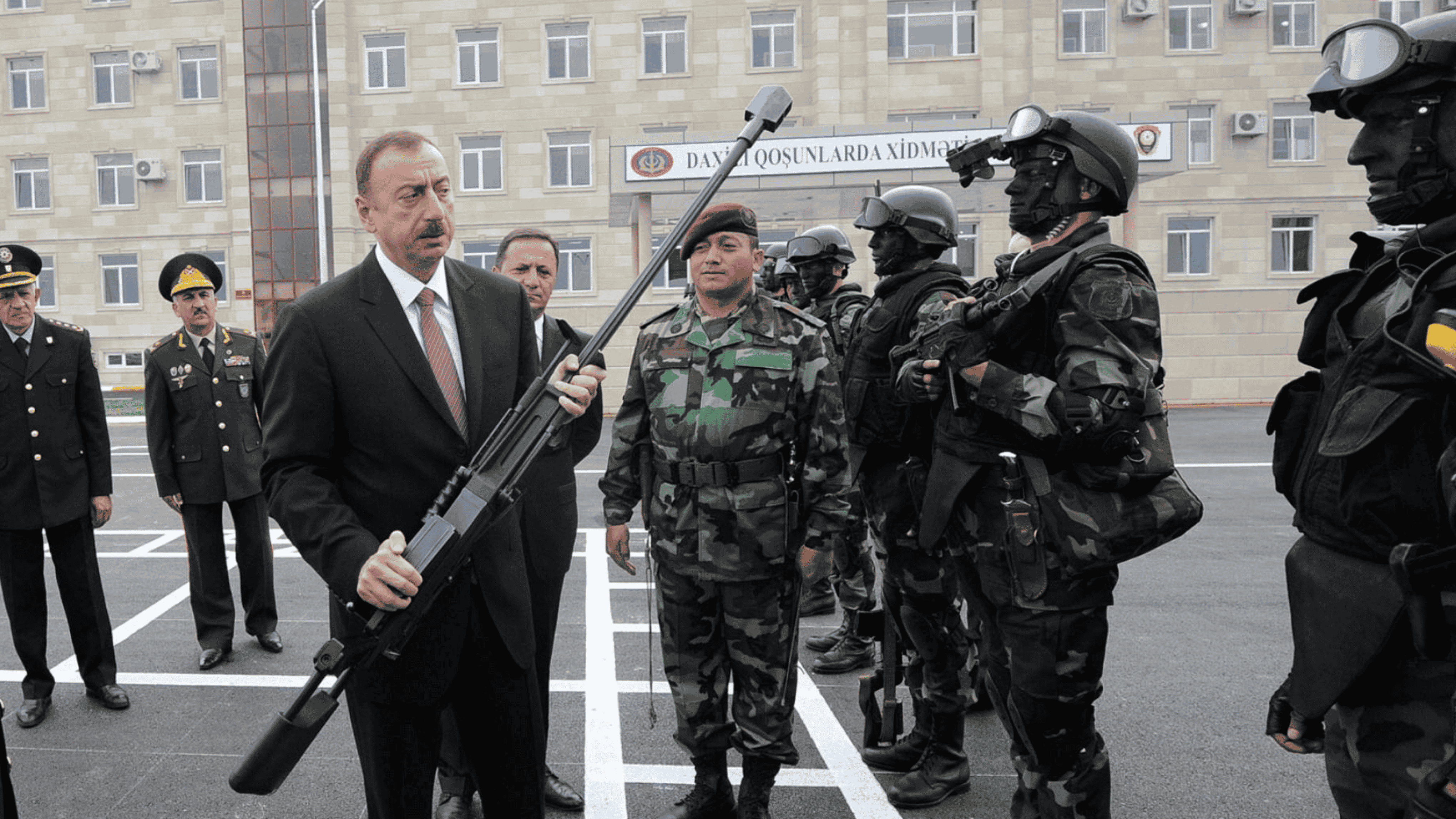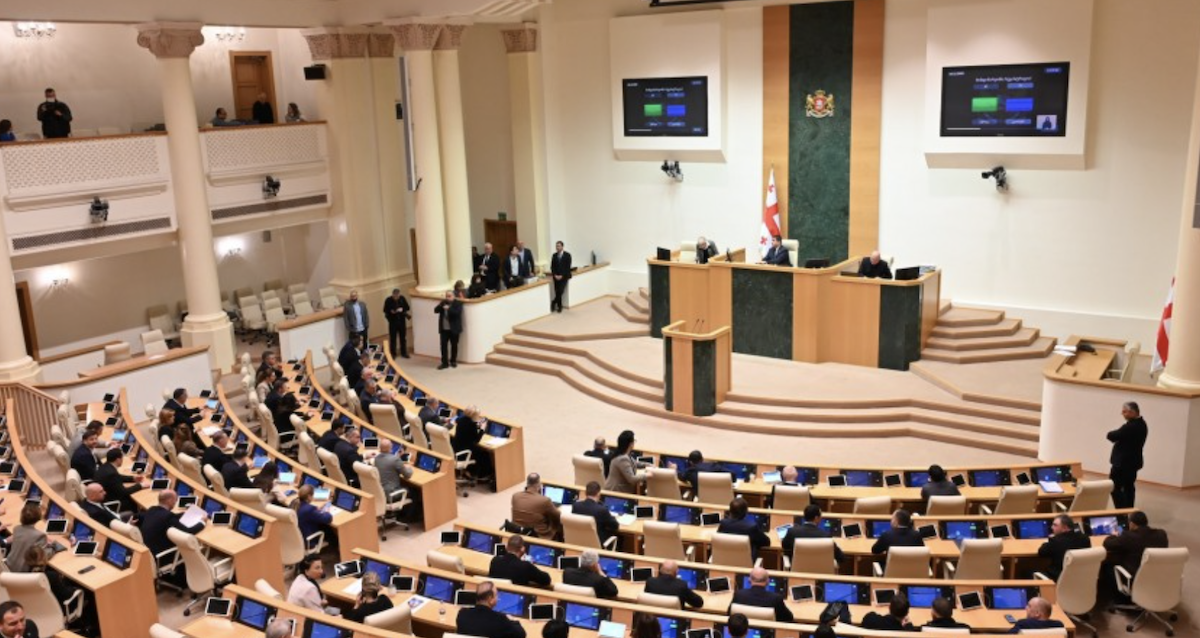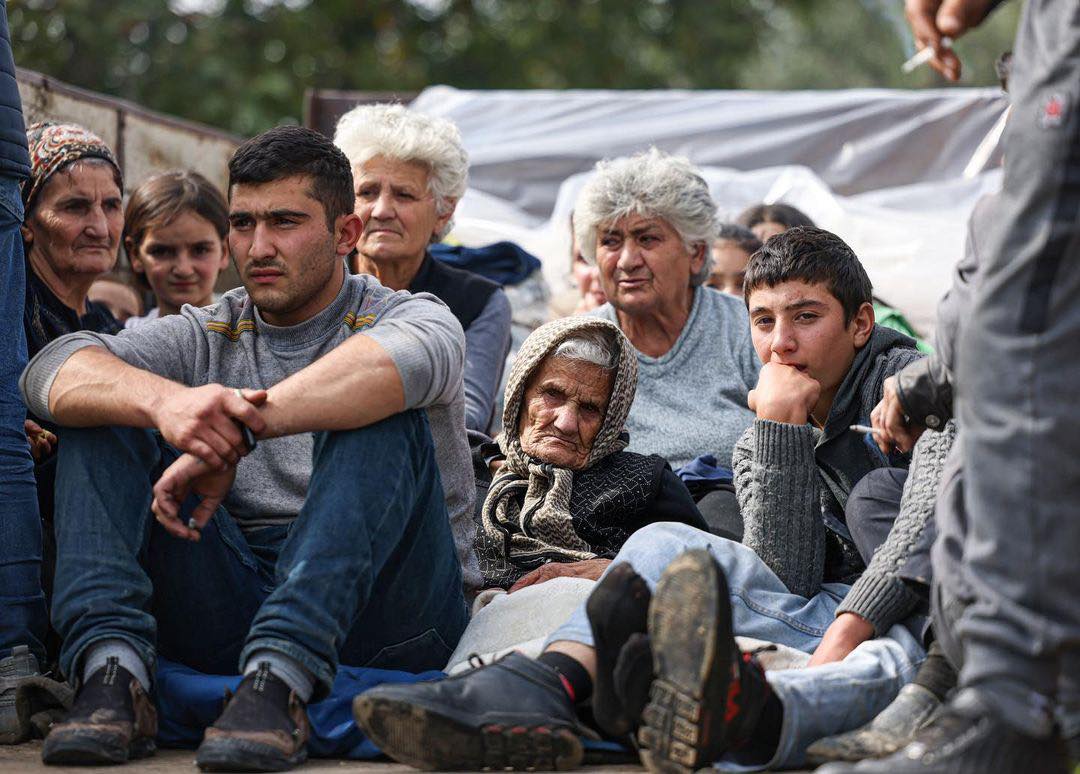Not quite how they imagined it - Azerbaijani IDPs’ return to Karabakh
Since the 2020 war, Azerbaijani internally displaced persons from Karabakh have been expecting an early return to their homeland. But before they had time to rejoice at this prospect, they found themselves face to face with uncertainty. When will they return home and how?
The story of Gulbyaniz Kerimova, an internally displaced person from the village of Babaili, Zangilan region, is typical in many ways.
After the Kerimovs were forced to leave Zangilan during the first Karabakh war in the early 90s, they tried to find a temporary refuge – they always hoped that they could return home. Things were not going well with work, because in Babaili the family lived off of subsistence farming – they kept cattle and poultry, fruit trees. It was difficult for them to readjust to urban life.
Over time, having decided that the dream of returning home may remain a dream, the family bought a land plot in the village of Saray near Baku and decided to build a house there.
“The construction took three or four years. My mother-in-law said that she did not want to die in a cramped two-room apartment. And the father-in-law died there. So we decided to move to an unfinished house. And we completed the construction while living in the house”.
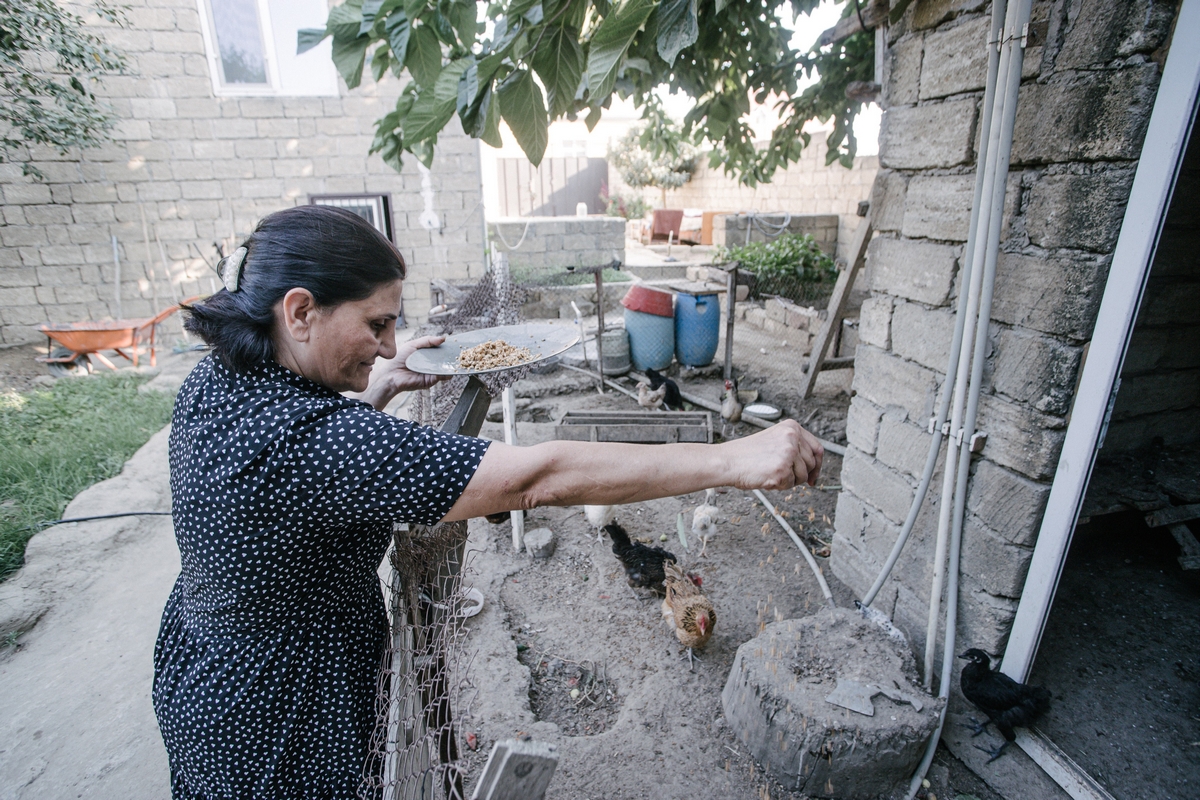
After the Second Karabakh War, Zangilan again came under the control of Azerbaijan, and now, it would seem, the dream of the internally displaced persons has come true.
“When our people took Zangilan, I was shocked at first. Then I screamed and burst into tears. Thus, through crying and tears, my joy was expressed. I couldn’t come to my senses for several hours. Everyone called, congratulated, but I could not answer anyone, I just cried”, Gulbyaniz says.
Gulbyaniz already knows where she will go first, when she returns to her native village – to the cemetery where her relatives are buried.
However, the return will not be what she dreamed of. Those from the villagers who were allowed to visit Babaili brought a video from there, from which it became clear that the house, the key to which Gulbyaniz still keeps, no longer exists, and there are no gravestones in the cemetery.
The second problem is that, according to the new rules that are now being developed by the Azerbaijani government, it is unlikely that every IDP will return to their home village – perhaps others will be built instead.
President Ilham Aliyev has already stated that it is difficult to create infrastructure in each individual village, so those that are smaller will be merged with large ones. In addition, he says that the opportunity to return will be provided only to those migrants who are going to live there permanently:
“You see, I am also sure that everyone wants to return, and God help them. But maybe someone doesn’t want to go. Therefore, why should we spend money on them if they won’t end up going, or if they go there for the weekend and still live in Baku or Sumgayit. Is this a solution to the problem? No. We need to help those who will live there”.
Gulbeniz Kerimova says that her family just intends to live in their native village, and not in some new one. Restoring the house as they remember it is a matter of principle for them. Children share these plans and the nostalgia of adults, because they have been listening to their stories all their lives:
“When the first video was brought from Babaila, my daughter watched it and cried. I asked her – why are you crying, you have never been there. And she replied – my grandmother talks about the yard, about the fig trees so I feel like I am walking around the village, as if I myself have lived there. Now there is just a wasteland, this is the hardest thing”.
Gulbeniz says that some time ago her husband and his brothers were summoned to the local executive branch of the Zangilan region and asked about the property left in the village:
“You cannot indicate more than 10 acres of land as a personal plot. And if, for example, you had two horses, you can only indicate one. Trees are not taken into account. Maybe this poll is needed in order to get compensation from Armenia, we really didn’t understand what this was for”.
According to economist Togrul Veliyev, when returning IDPs, it is possible that some kind of compensation is paid:
“Perhaps the internally displaced persons will be paid something but there is no question of compensation as such. Nothing has been allocated from the budget for these purposes, and there are no official statements on this matter”.
Economist Rovshan Agayev believes that it is necessary to get away from the past and conduct an assessment in accordance with current indicators, based on transparent criteria:
“I propose that in the next six months the government will present a concept of reforms for these territories. At the moment, there are about 700,000 hectares of agricultural land. It is necessary to announce what part of these lands will remain a municipal and state property and which one will be subject to privatization”.
It is planned to allocate 2.2 billion manat from the state budget for the restoration of these territories for 2021. At a press conference in February, Ilham Aliyev said that half of these funds have already been distributed.
However, experts agree that the return of internally displaced persons is still a long way off, and it will definitely not start in 2021.
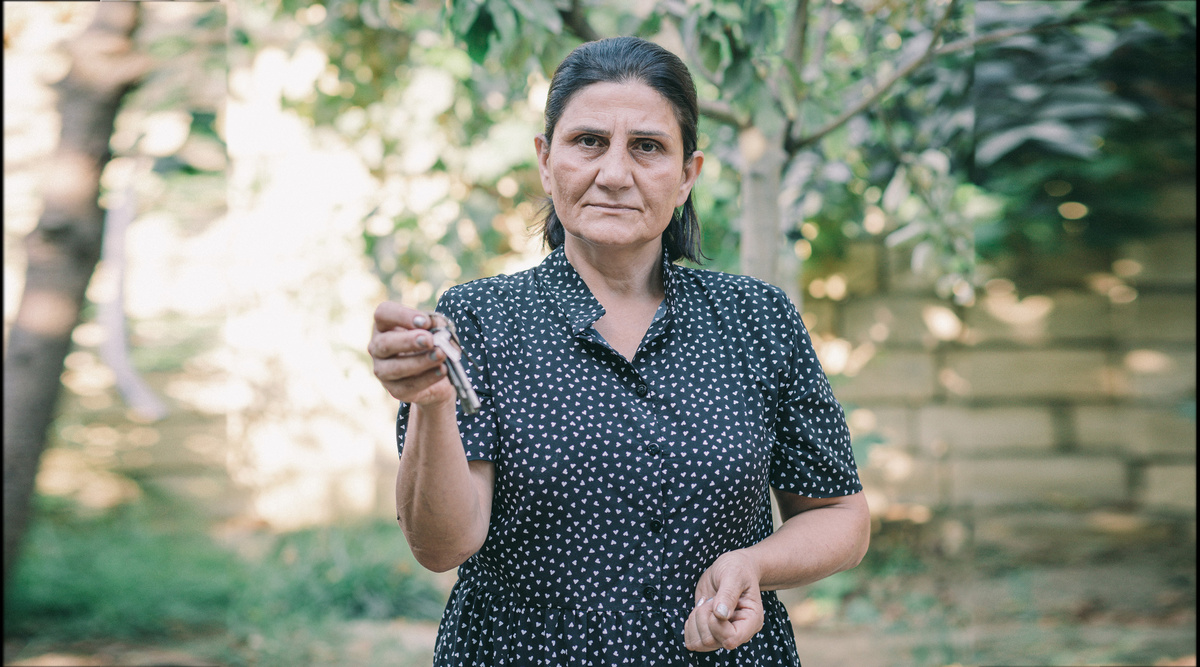
Meanwhile, Gulbyaniz is looking forward to the moment when she will see Zangilan again, but at the same time worries that it will become difficult for them to visit the graves of loved ones whom the family has lost over the years:
“Once again, we will remain at a crossroads. Some of our loved ones are buried in Zangilan, some in Baku, some in Sumgait. Once again we will have to be torn between them, deciding on whose grave to visit”.
Trajectories is a media project that tells stories of people whose lives have been impacted by conflicts in the South Caucasus. We work with authors and editors from across the South Caucasus and do not support any one side in any conflict. The publications on this page are solely the responsibility of the authors. In the majority of cases, toponyms are those used in the author’s society. The project is implemented by GoGroup Media and International Alert and is funded by the European Union
















